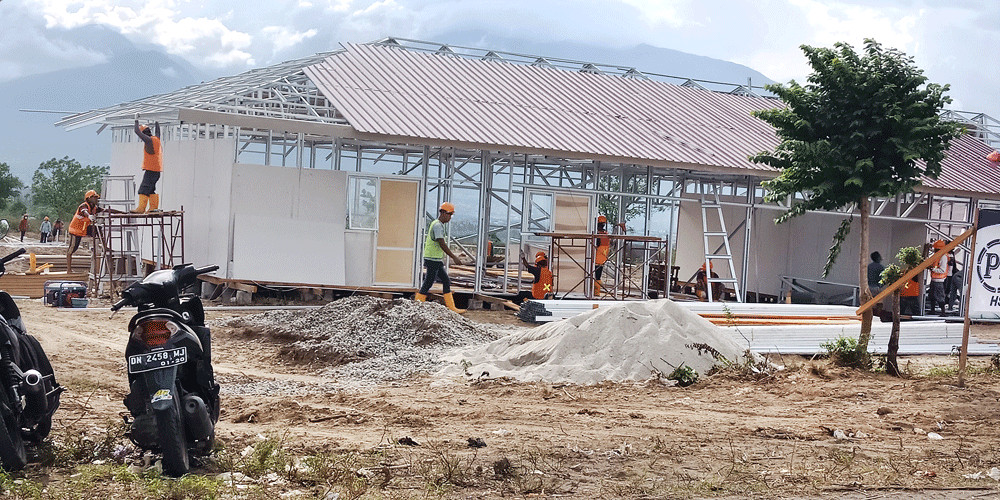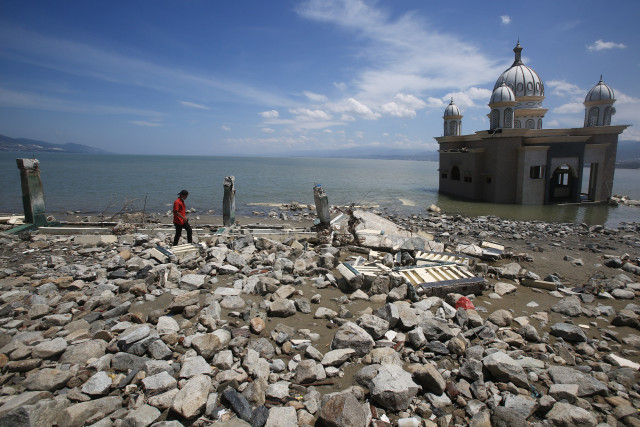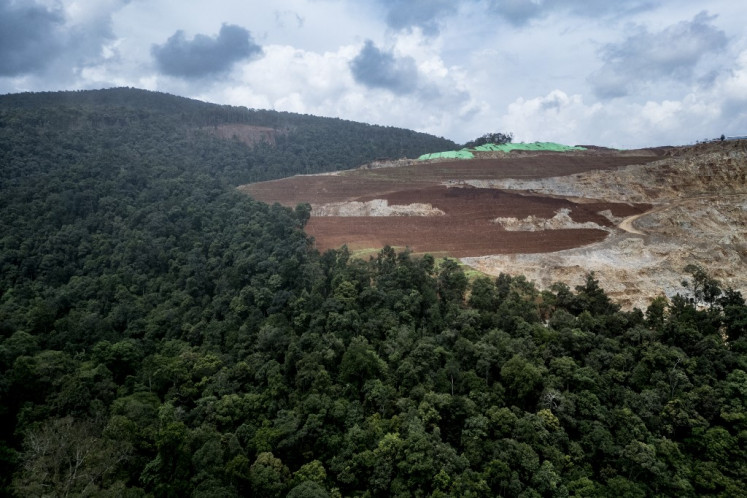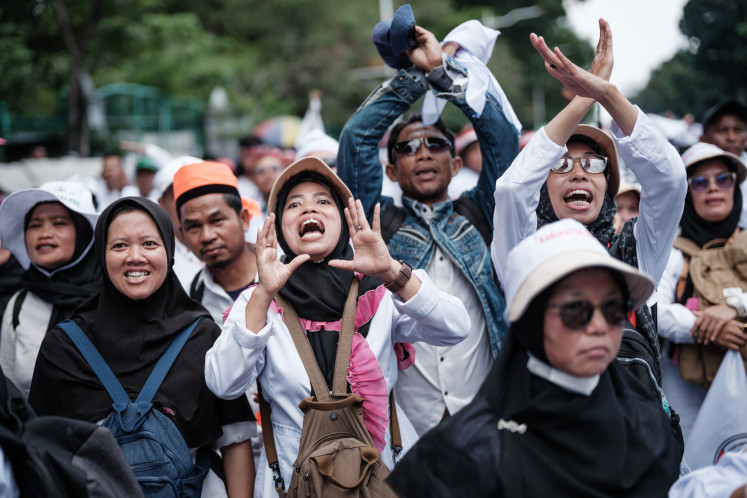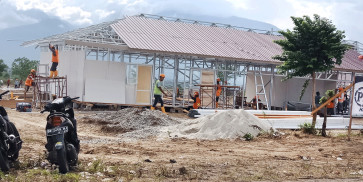Popular Reads
Top Results
Can't find what you're looking for?
View all search resultsPopular Reads
Top Results
Can't find what you're looking for?
View all search resultsPalu tsunami survivors suffer 'second disaster' amid slow recovery
The disaster destroyed more than 110,000 houses across Central Sulawesi. For Sri and other survivors, life since the disaster has been a never-ending struggle. Many of them have described the slow recovery process as a "second disaster".
Change text size
Gift Premium Articles
to Anyone
When a tsunami hit Palu, Central Sulawesi, in the afternoon of Sept. 28 last year, Sri Tini Haris, 54, was in her home.
The deadly wave swept her and thousands of other people into the ocean. She was hit by cars, other people’s bodies, building materials and rocks.
Sri said she was ready to die that day. But after swimming, crashing and floating for around two hours in the ocean, she miraculously reached the shore. Her clothes had been torn off, her head was bleeding and she was deaf in one ear.
“That day I lost everything. My clothes, my house. I was naked. I found an old banner nearby and I wrapped myself only in that for the next four days,” she said.
(JP/File)
It has been a year since that day when a 7.4-magnitude earthquake hit Central Sulawesi. The quake was followed by a tsunami and soil liquefaction in several areas. The disaster killed more than 4,000 people, hundreds remain missing.
Amid the devastation survivors were left without families, friends and homes. The disaster destroyed more than 110,000 houses across Central Sulawesi. For Sri and other survivors, life since the disaster has been a never-ending struggle. Many of them have described the slow recovery process as a "second disaster".

